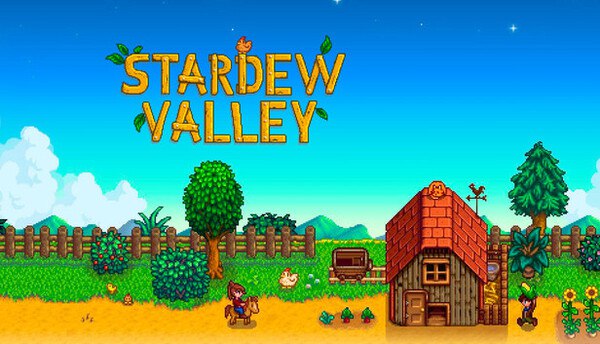Advertisement
Popular Now
Stardew Valley, the acclaimed farming simulation game by ConcernedApe, immerses players in a world where agriculture, community, and resource management intersect. While the game provides a charming backdrop of pixelated landscapes and whimsical characters, it subtly poses important questions about sustainability and the impact of resource management on both the environment and community well-being. This article will delve deeply into the ecological aspects of Stardew Valley, examining how players can navigate the delicate balance between productivity and sustainability throughout their gameplay.
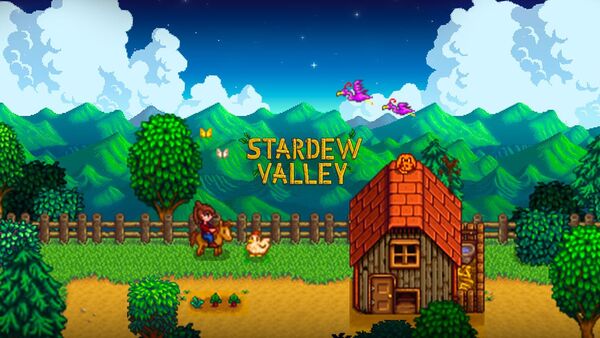 In Stardew Valley, ecology plays a crucial role in shaping gameplay dynamics. Players are encouraged to engage with the environment in ways that promote sustainability while also fulfilling their farming ambitions. The game encourages players to think about the long-term implications of their actions, making ecology a vital consideration for success.
In Stardew Valley, ecology plays a crucial role in shaping gameplay dynamics. Players are encouraged to engage with the environment in ways that promote sustainability while also fulfilling their farming ambitions. The game encourages players to think about the long-term implications of their actions, making ecology a vital consideration for success.
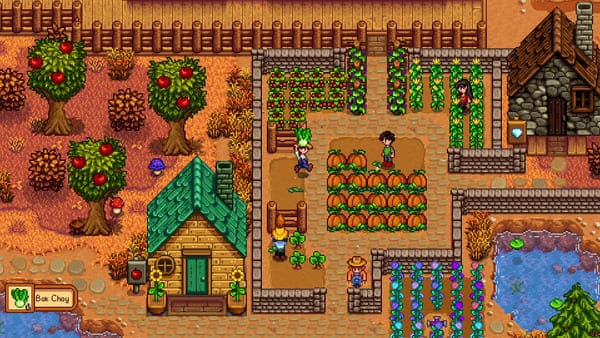 Natural resources are abundant in Stardew Valley, but they must be managed wisely. Players start with a modest farm and gradually expand their operations, making decisions that will impact the sustainability of their land.
Natural resources are abundant in Stardew Valley, but they must be managed wisely. Players start with a modest farm and gradually expand their operations, making decisions that will impact the sustainability of their land.

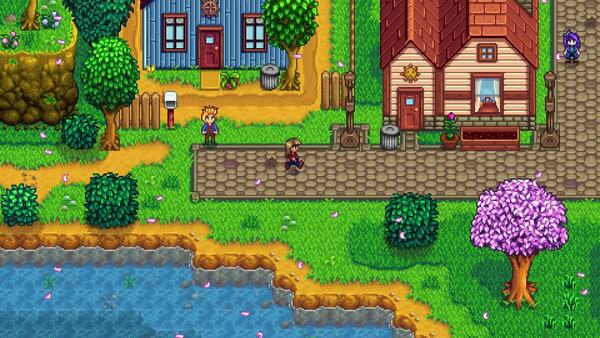 Investing in irrigation systems can significantly enhance crop productivity. There are several options players can explore:
Investing in irrigation systems can significantly enhance crop productivity. There are several options players can explore:
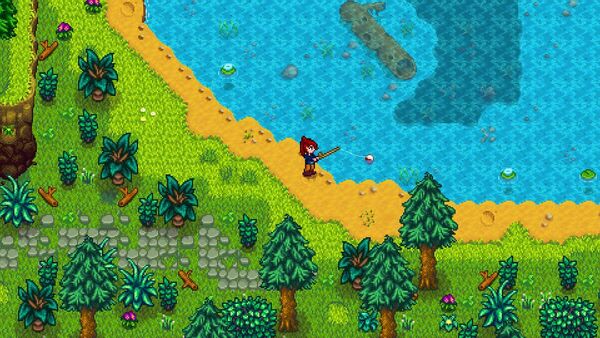
The Importance of Ecology in Stardew Valley
 In Stardew Valley, ecology plays a crucial role in shaping gameplay dynamics. Players are encouraged to engage with the environment in ways that promote sustainability while also fulfilling their farming ambitions. The game encourages players to think about the long-term implications of their actions, making ecology a vital consideration for success.
In Stardew Valley, ecology plays a crucial role in shaping gameplay dynamics. Players are encouraged to engage with the environment in ways that promote sustainability while also fulfilling their farming ambitions. The game encourages players to think about the long-term implications of their actions, making ecology a vital consideration for success.
Understanding the Game Environment
Stardew Valley is rich in diverse ecosystems, ranging from farmland to forests and oceans. Each area offers different resources, challenges, and opportunities.Ecosystem Diversity
- Farmland: Offers the main crops and livestock, requiring careful planning for seasonal rotations.
- Forests: Provide foraging opportunities and materials like wood and resin, which are essential for crafting.
- Oceans and Rivers: Home to various fish species, which can be caught for food and profit.
The Role of Natural Resources
 Natural resources are abundant in Stardew Valley, but they must be managed wisely. Players start with a modest farm and gradually expand their operations, making decisions that will impact the sustainability of their land.
Natural resources are abundant in Stardew Valley, but they must be managed wisely. Players start with a modest farm and gradually expand their operations, making decisions that will impact the sustainability of their land.
Renewable vs. Non-Renewable Resources
- Renewable: Crops, fish, and trees can be replanted or reproduced, allowing for continuous harvesting if managed properly.
- Non-Renewable: Resources like stone and iron ore are finite; once depleted, players must explore further away from their farm or wait for new resources to respawn.
The Impact of Farming Practices
The farming practices players adopt in Stardew Valley directly influence the health of the land. Choosing sustainable methods not only benefits the environment but also enhances the player's success in the game.Crop Rotation and Diversity
Crop rotation involves alternating different types of crops across seasons to maintain soil health and maximize yields.Benefits of Crop Rotation

- Soil Health: Alternating crops can replenish soil nutrients, preventing depletion.
- Pest Control: Diverse crops reduce the likelihood of pest infestations, making farming more resilient.
Organic Farming Techniques
In addition to crop rotation, players can utilize organic farming techniques to enhance sustainability.Techniques for Organic Farming
- Companion Planting: Some crops grow better when planted together, as they can benefit from each other's nutrients.
- Natural Fertilizers: Using resources like compost instead of chemical fertilizers promotes a healthier ecosystem.
Resource Management: The Key to Sustainability
Efficient resource management is at the core of successful gameplay in Stardew Valley. Players must balance their immediate needs with long-term sustainability goals.Water Management
Water is a vital resource for crop growth, and players must manage it wisely.Irrigation Systems
 Investing in irrigation systems can significantly enhance crop productivity. There are several options players can explore:
Investing in irrigation systems can significantly enhance crop productivity. There are several options players can explore:
- Sprinklers: Automate watering for crops, saving time and labor.
- Watering Cans: Essential for early-game farming but require manual effort.
Energy Management
Players must also manage their energy levels, which are consumed by performing tasks like farming, mining, and fishing.Strategies for Energy Efficiency
- Plan Your Days: Prioritize tasks to maximize energy usage. For example, combine foraging and farming in one outing.
- Eat Wisely: Consuming meals that restore energy can help players tackle larger tasks without exhaustion.
Community Engagement and Ecological Responsibility
In Stardew Valley, players are not just individual farmers; they are part of a larger community. Engaging with townsfolk and understanding their needs can promote sustainable practices.Building Relationships
Developing relationships with the residents of Pelican Town can lead to valuable insights into sustainable practices and community well-being.Benefits of Community Engagement

- Heart Events: Interactions with townsfolk can reveal their views on farming and resource management.
- Festivals: Seasonal events often emphasize the importance of community and ecological awareness.
Eco-Friendly Town Initiatives
As players progress, they can influence community initiatives that promote sustainability.Projects and Upgrades
- Community Center Bundles: Completing bundles at the Community Center often involves gathering resources that encourage sustainable practices, such as artisan goods and foraged items.
- Local Businesses: Supporting local businesses by purchasing sustainable goods fosters a sense of community and responsibility.
The Consequences of Unsustainable Practices
Stardew Valley serves as a microcosm of real-world ecological issues, highlighting the consequences of unsustainable practices.Over-Farming and Resource Depletion
Players who prioritize quick profits over sustainable practices may face significant setbacks.Negative Outcomes
- Soil Degradation: Continuous planting of the same crops can lead to nutrient depletion, resulting in lower yields.
- Biodiversity Loss: Focusing solely on high-profit crops may reduce the variety of plants grown, impacting the ecosystem.
Pollution and Environmental Impact
While Stardew Valley does not explicitly feature pollution mechanics, players can draw parallels with real-world environmental issues.Awareness of Ecological Health
Players who neglect sustainability may find themselves facing a barren landscape, devoid of the lush greenery and diverse life that characterize a healthy ecosystem. This can serve as a poignant reminder of the importance of environmental stewardship.Innovations in Sustainability: Crafting and Technology
As players progress in Stardew Valley, they gain access to various crafting recipes and technologies that can enhance sustainability.Crafting Sustainable Goods
Crafting plays a pivotal role in promoting sustainability within the game. Players can create items that contribute to ecological health.Key Crafting Opportunities
- Bee Houses: Producing honey sustainably, which also benefits crop growth through pollination.
- Kegs and Preserves Jars: Converting excess crops into artisan goods for higher profits and reduced waste.
Technological Advancements
Investing in technology can significantly enhance farming efficiency and sustainability.Notable Technologies
- Quality Sprinklers: These advanced irrigation systems automate watering for larger crop fields, conserving water and labor.
- Silo Construction: Allowing players to store hay for animal feed, reducing waste and promoting efficient resource use.
Ecological Narratives: The Story of Stardew Valley
Stardew Valley is not just about farming; it weaves narratives that reflect the importance of ecology and community.Character Stories and Ecological Themes
Each character in Stardew Valley has a unique backstory, many of which touch on themes of environmental awareness and sustainability.Examples of Character Narratives
- Elliott: A writer who values the beauty of nature and advocates for its preservation.
- Sebastian: A character who grapples with the pressures of modern life and seeks solace in nature.
The Evolution of the Valley
As players progress, the state of the valley reflects their choices. A thriving, sustainable farm contributes to a vibrant community, while unsustainable practices lead to decay and disconnection.Community Transformation
- Positive Impact: Players who engage in sustainable practices witness a flourishing community, filled with life and joy.
- Negative Consequences: A focus on quick profits results in a community that feels barren and lifeless.













